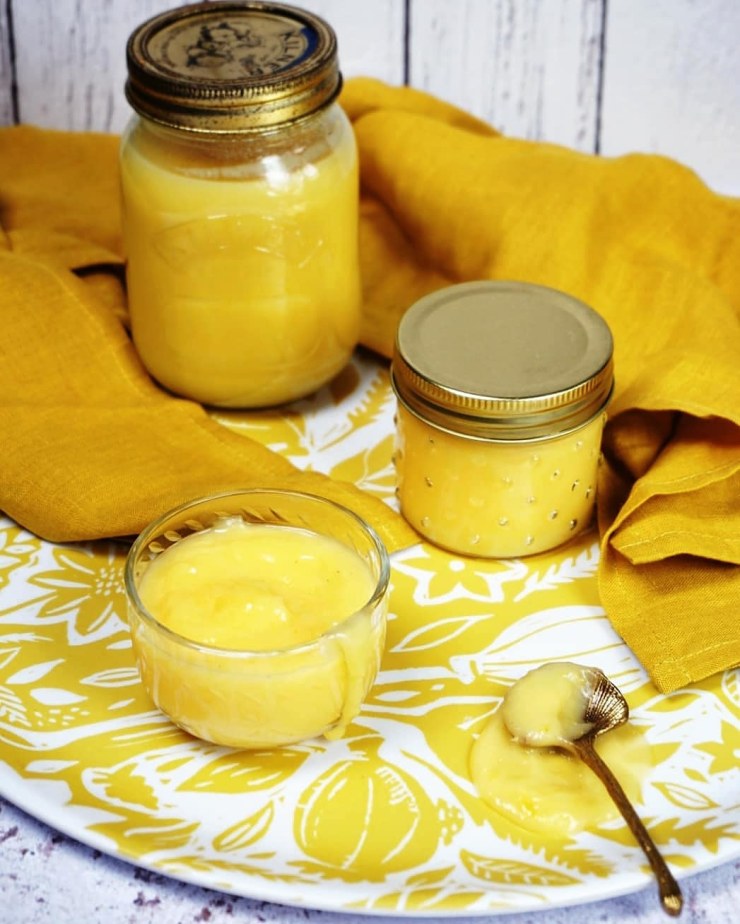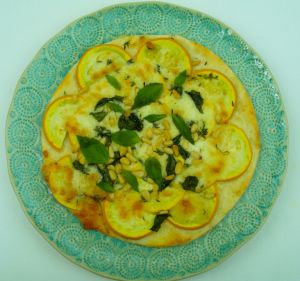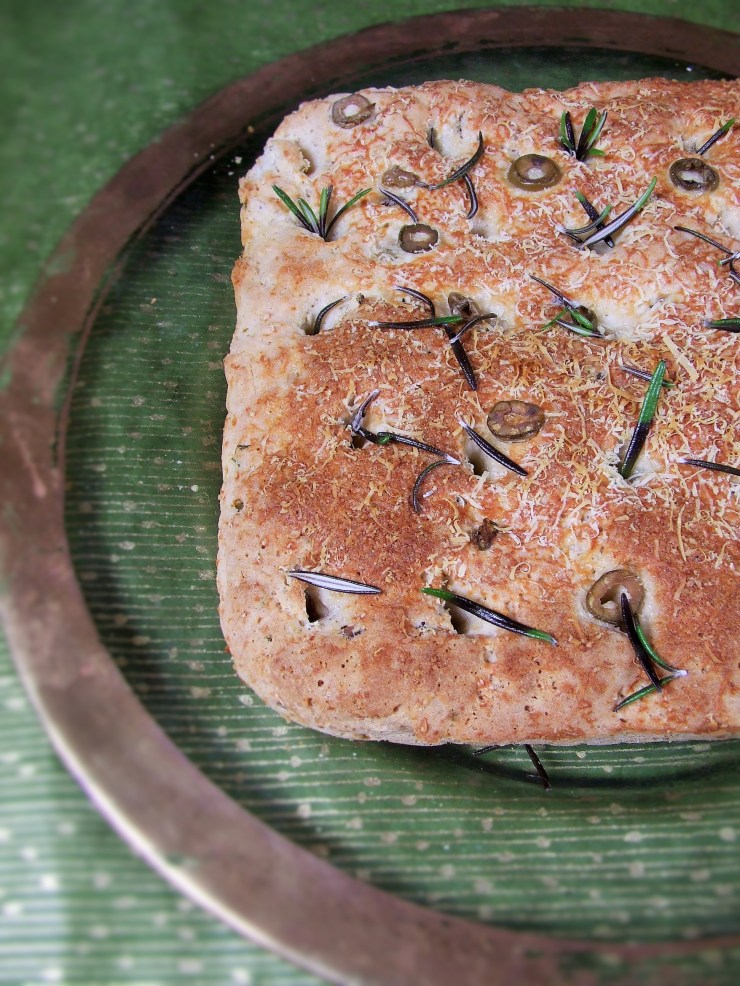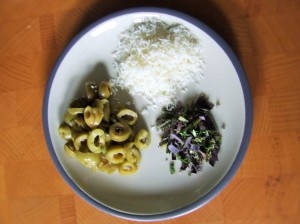I love the sharpness and sweetness of lemon curd and the vibrant yellow colour is just perfect for Easter. It is also a great gift to give to those relatives you haven’t seen for some time! It does contain fats and sugar but you will generally only be using a small amount on toast or crackers so it’s likely to be fine to use and absolutely fine for an Easter treat!
Ingredients
- 6 unwaxed lemons
- 300g caster sugar
- 150g butter
- 6 medium sized eggs
Method
- Wash and grate the skin from the lemons, cut in half and squeeze the juice into a bowl
- Add the caster sugar, lemon juice, butter and rind into a glass bowl and put the bowl over a pan on boiling water and mix until the butter is dissolved.
- Crack open the eggs into a separate bowl and beat with a fork.
- Add the egg mixture to the other ingredients over the boiling water pan slowly and mix till incorporated.
- Add the mix to a fresh pan and heat directly whilst stirring till the mixture thickens.
- Add to jars sterilized with hot water.
- This should keep for around two weeks
Makes about 700g depending on the size of the eggs
Easy!


















